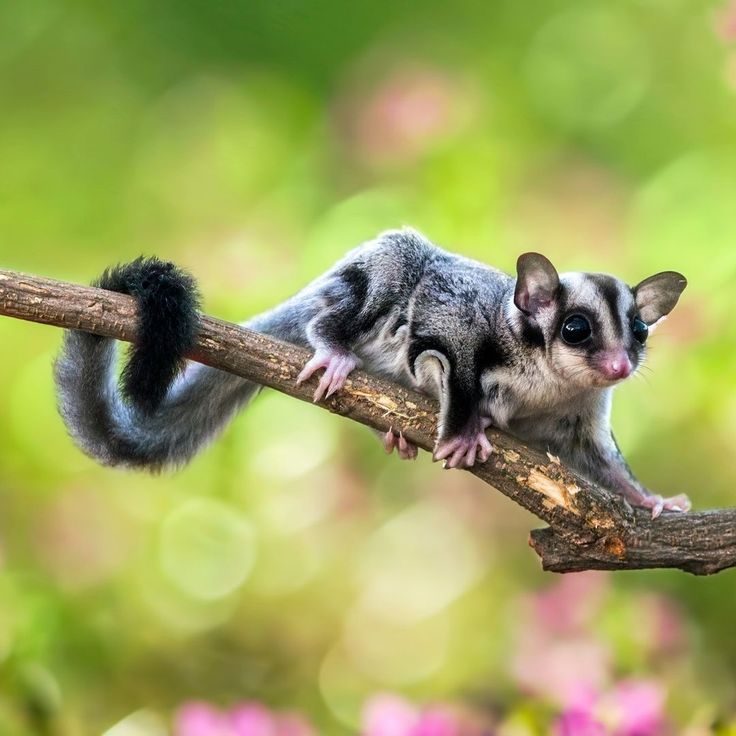
The sugar glider’s habitat is one of the most fascinating aspects of this adorable marsupial’s life. Native to Australia, Indonesia, and parts of Papua New Guinea, sugar gliders are small, nocturnal animals that live high up in the forest canopy. They are perfectly adapted to life among the trees, where they glide from branch to branch in search of food, safety, and companionship. Their natural environment is warm, humid, and full of tall eucalyptus trees — an essential part of their survival and lifestyle.
In the wild, sugar gliders make their homes in tree hollows lined with leaves and soft materials. These cozy nests provide protection from predators and harsh weather. Because they are social animals, they usually live in small colonies of up to 10 individuals. Living in groups helps them stay warm during cold nights and also allows them to groom, play, and bond with each other. The presence of multiple gliders in one hollow helps maintain body temperature and creates a sense of security.
The ideal sugar glider habitat includes a variety of trees and vegetation. Eucalyptus and acacia trees are especially important because they provide both food and shelter. These trees produce nectar, sap, and insects that make up a large part of the sugar glider’s diet. The canopy also gives them plenty of opportunities to glide — their most iconic ability. With the help of the patagium, a stretch of skin between their front and back legs, sugar gliders can glide over 50 meters in one jump, allowing them to move quickly through their territory without touching the ground.
In captivity, replicating their natural habitat is vital for their well-being. Pet sugar gliders need a large vertical cage with plenty of climbing space, branches, ropes, and nesting pouches to mimic tree hollows. The cage should be kept in a warm area with good ventilation and low stress. Toys and foraging opportunities keep them mentally stimulated and physically active. It’s also important to provide hiding spots, as sugar gliders are shy creatures that feel safer with a place to retreat.
Whether in the wild or at home, sugar gliders thrive best in environments that mirror their natural habitat — full of trees, warmth, companionship, and opportunities to glide freely. Their playful nature and strong social bonds make their forest homes truly alive and full of energy.